Welcome!
I am writing about herbs in the 2016 April AtoZ blogging challenge. Most of the herbs written in this series are those I have seen or used. Today’s herb is used widely in India both for medicinal and religious reasons.
 |
| Beautiful flowers of Tulsi Photo courtesy @puneribaker |
 |
| Photo courtesy @puneribaker |
 |
| Photo courtesy @puneribaker |
That’s right, I am talking about the Holy Tulsi or Ocimum sanctum of the Laminaceae family. Many households have a Tulsi growing in their homes, in the balcony or terrace or garden. The plant has a long list of medicinal benefits. The Tulsi leaf is offered during pooja and is said to be the favourite of Lord Vishnu. However the Tulsi is offered to Lord Ganesha only during the Ganeshutsav period and not on other days of the year.
 |
| Tulsi (Ocimum sanctum) plant |
The herb is native to India and has almost round leaves with a toothed margin. The entire plant is tomentose and fragrant. Leaf colour may vary from shades of green to reddish purple. The delicate flowers bear tiny seeds which are widely used as well.
We are at almost half way through the challenge. How has it been so far for you?
Good luck for the rest of the blogathon!
🙂
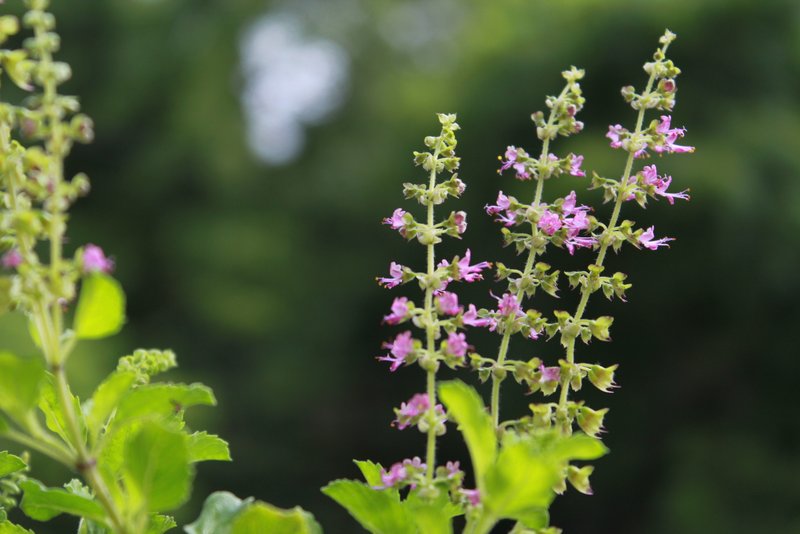
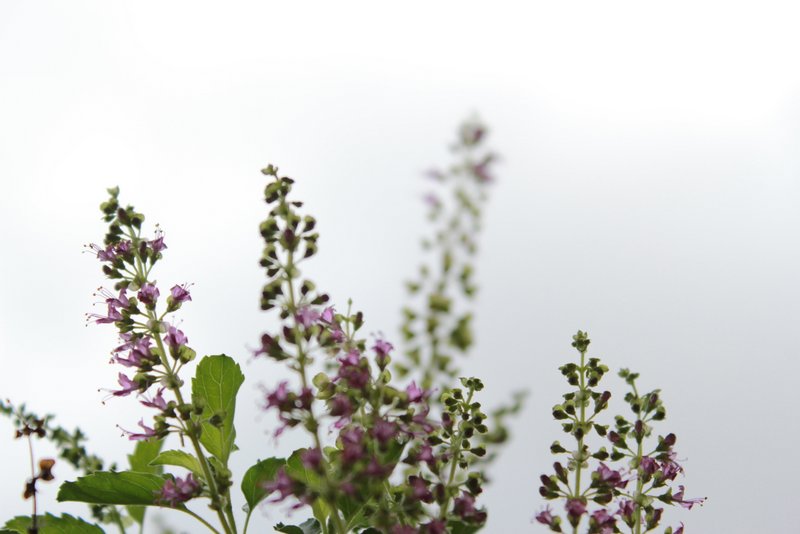
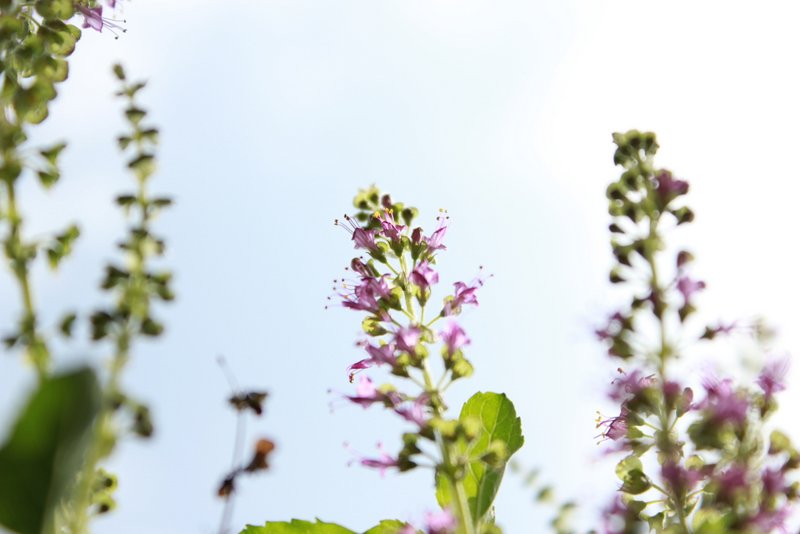
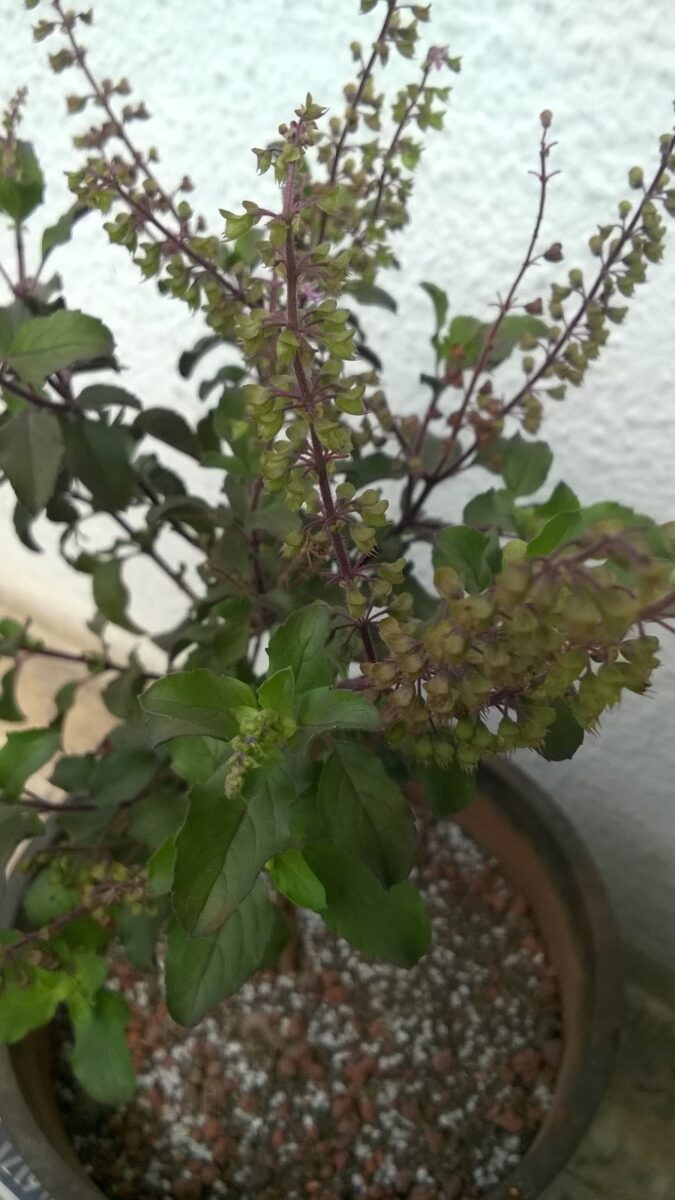
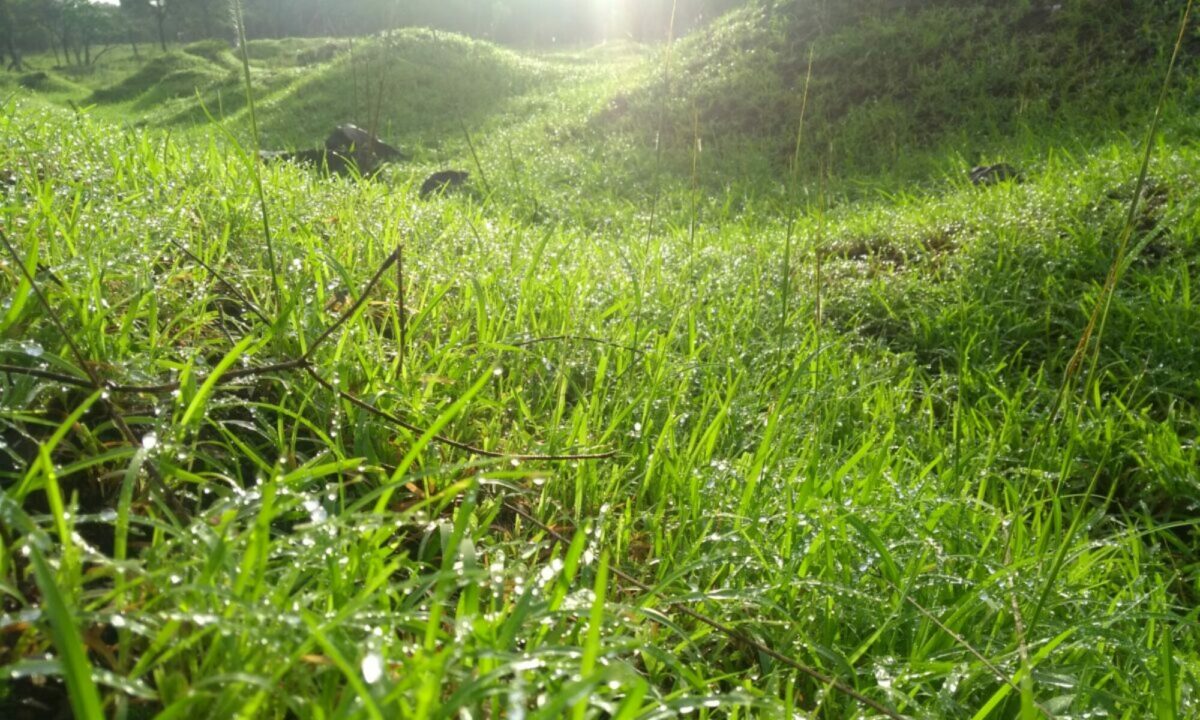
Love the Tulsi. One leaf is enough to give your tea a zing.
Seena
#AtoZChallenge – O is for Onesie
Hey ! the most unique word yet the most common place plant [ well almost] for O!
am so curious , how do you know so much about these herbs ? are you studying them? what made you pick this topic?
That one looks familiar. I'm sure I've seen the plant in my neighborhood.
Piper Presley
O is for Outline: Blogging From A to Z
@Piper Presley – I am sure you must have seen it. Thanks for stopping by.
Wow! Loved that picture of the flowers of the Holy Basil. i had been waiting for you to add herbs from your garden to the list and this one is such a fantastic one.
Keep up the good work Archana 🙂
Than you @My Era – you made my day!! Apologies for delayed reply.
@Seena- apologies for a delayed reply. Yes, tulsi in tea is awesome! 🙂
@Chandni- this series is just the tip of the iceberg as it were. There must be thousands of herbs. We tend to identify only the popular/beautiful /edible ones. I took this opportunity to try to identify herbs I have seen. How did I do that? Various books, internet bases resources and experts.
Longish reply 🙂 🙂